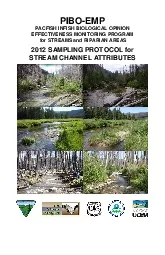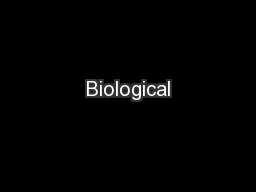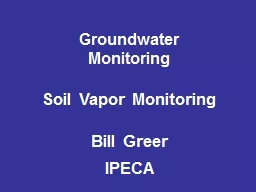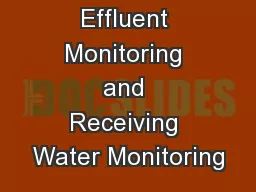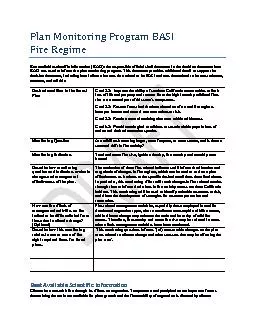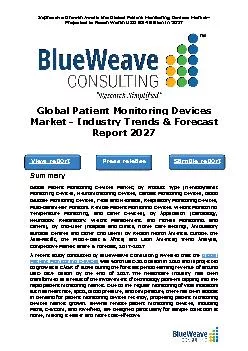PDF-PIBOEMPPACFISH INFISH BIOLOGICAL OPINIONEFFECTIVENESS MONITORING PROGR
Author : holly | Published Date : 2021-08-26
iii2012SAMPLING PROTOCOL FOR STREAM CHANNEL ATTRIBUTESPACFISHINFISH Biological Opinion Effectiveness Monitoring Program PIBOEMP StaffMultifederal Agency Monitoring
Presentation Embed Code
Download Presentation
Download Presentation The PPT/PDF document "PIBOEMPPACFISH INFISH BIOLOGICAL OPINION..." is the property of its rightful owner. Permission is granted to download and print the materials on this website for personal, non-commercial use only, and to display it on your personal computer provided you do not modify the materials and that you retain all copyright notices contained in the materials. By downloading content from our website, you accept the terms of this agreement.
PIBOEMPPACFISH INFISH BIOLOGICAL OPINIONEFFECTIVENESS MONITORING PROGR: Transcript
Download Rules Of Document
"PIBOEMPPACFISH INFISH BIOLOGICAL OPINIONEFFECTIVENESS MONITORING PROGR"The content belongs to its owner. You may download and print it for personal use, without modification, and keep all copyright notices. By downloading, you agree to these terms.
Related Documents

